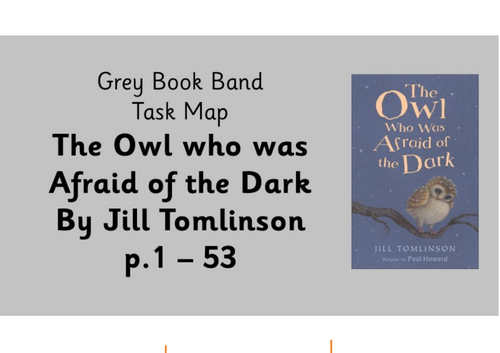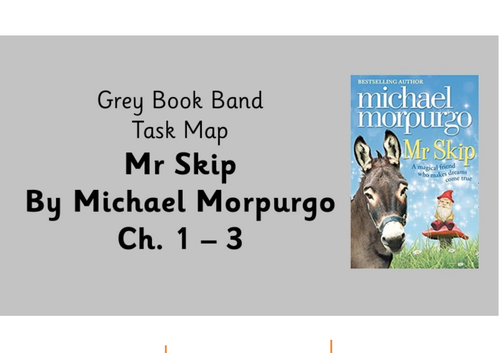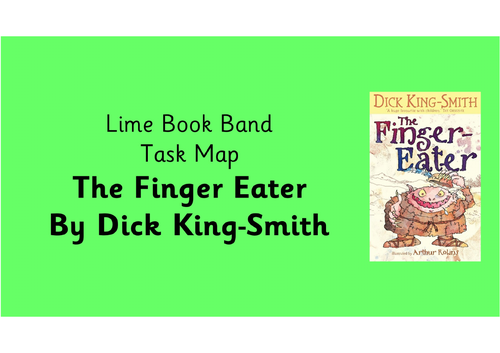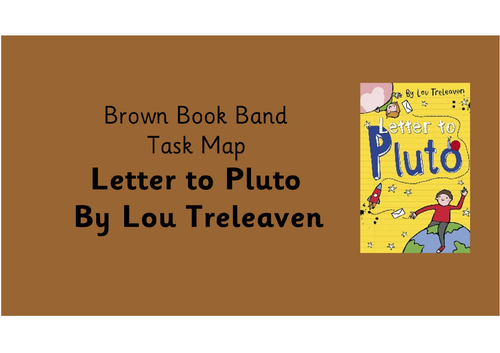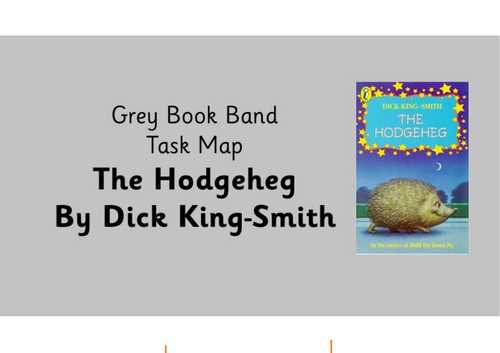missdickson7's Shop
I am a primary teacher working in Scotland. I enjoy creating resources for my learners and sharing these to help other teachers. I am especially interested in developing reading resources for First and Second Levels/middle to upper primary. Please review my resources if you do decide to download. Thanks!




